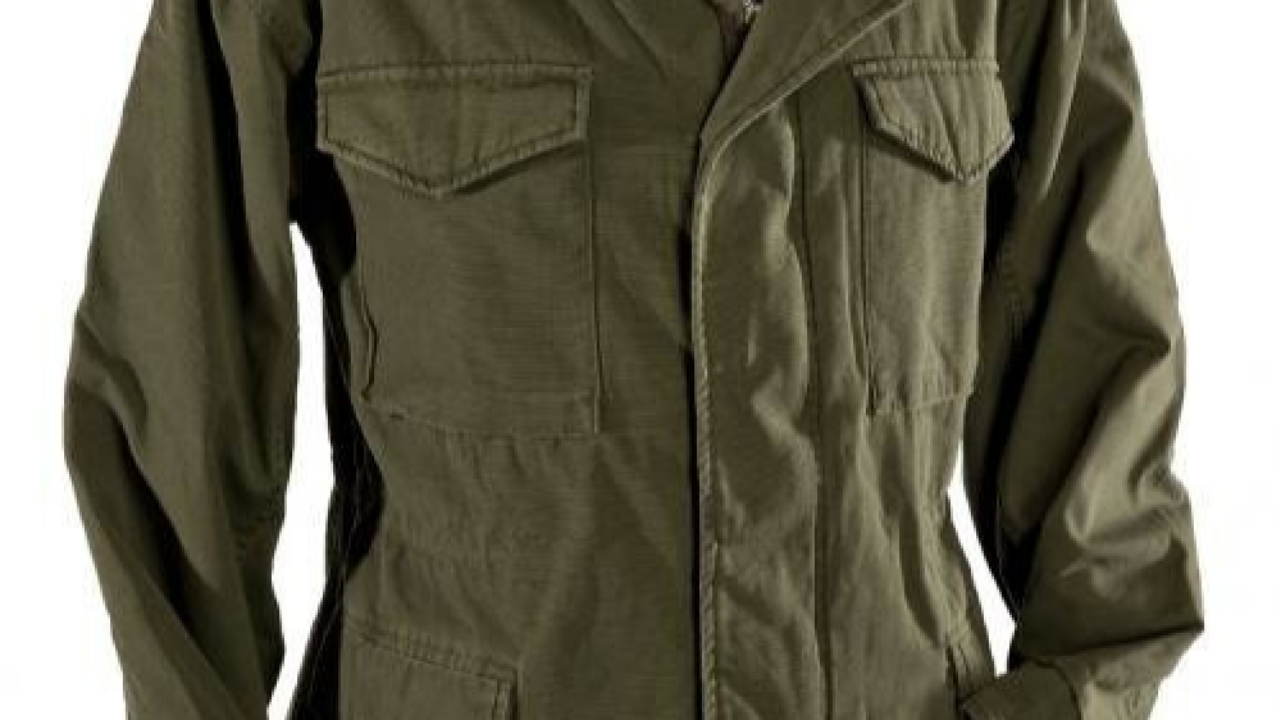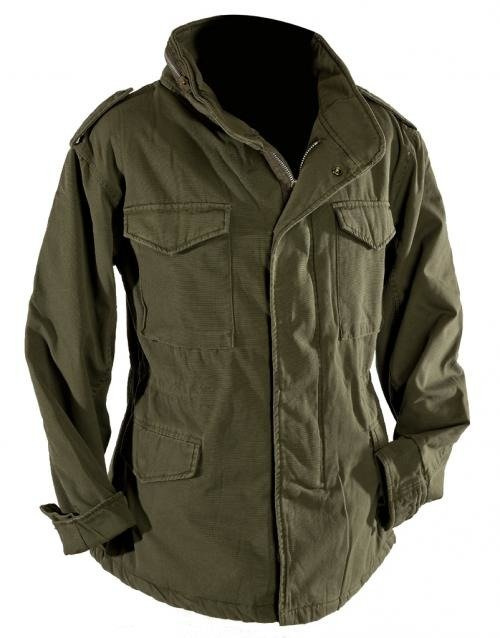AllVintageStyles
Vintage fashion encyclopedia
Military Surplus


Vintage military surplus refers to authentic military-issued clothing from the 1940s-1980s that entered civilian fashion as durable, functional garments with distinctive utilitarian aesthetics and superior construction quality compared to civilian alternatives.
Quick Facts
- Era: 1940s-1980s (various military conflicts and periods)
- Origin: United States and Allied countries (government-issued military clothing)
- Garment Type: Various military jackets, pants, shirts, and outerwear
- Key Identifiers: Government contract labels, military specification construction, functional details
- Typical Resale Price: $40-$300 (authentic vintage pieces)
- Best For: Utility fashion enthusiasts, vintage collectors, and durable workwear appreciation
History & Evolution
Vintage military surplus entered civilian fashion through soldiers returning from World War II, Korea, and Vietnam who continued wearing their durable military-issued clothing in civilian life. The garments' superior construction, functional design, and authentic history made them popular among working-class Americans who appreciated quality at affordable prices through surplus stores.
During the 1960s counterculture movement, military surplus took on political significance as anti-war protesters ironically adopted military clothing, subverting its original purpose. The punk and grunge movements of the 1970s-1990s further embraced military surplus for its anti-establishment associations and authentic worn-in aesthetic that contradicted mainstream fashion.
Different eras produced distinct styles: WWII pieces featured heavy wool construction and classic military silhouettes, while Vietnam-era items introduced lightweight tropical fabrics and updated designs. Today, authentic vintage military surplus is prized for its historical significance, superior construction quality, and representation of American military and fashion history.
Authentication Tips
Authentic Vintage Features:
- Government contract labels with military specifications and dates
- Heavy-duty construction with reinforced stress points and quality hardware
- Military-specific design elements like epaulets, cargo pockets, and functional details
- Period-appropriate fabrics (heavy wool for WWII, cotton canvas for later eras)
- Size markings and military nomenclature typical of government issue
Common Reproductions/Modern Pieces:
- Commercial labels instead of government contract markings
- Lightweight construction that lacks military-grade durability requirements
- Fashion details that compromise authentic military functionality
- Modern synthetic materials not used in vintage military production
- Costume-quality construction designed for appearance rather than durability
Styling & Use Cases
- Best for utility enthusiasts: Pair military jackets with work pants and boots for authentic functional workwear styling
- Ideal for vintage collectors: Style with period-appropriate civilian pieces to highlight the military garments' unique construction
- Perfect for casual durability: Wear military surplus pieces as everyday clothing that combines history with superior construction quality
Modern styling tips:
- Mix military pieces with contemporary casual wear for subtle utilitarian edge
- Layer military shirts under modern jackets for unexpected vintage texture and durability
- Pair military pants with fitted tops to balance the typically loose, functional fit
FAQ
Q: How can I tell if military surplus is authentic vintage?
A: Look for government contract labels with military specifications, heavy-duty construction with reinforced details, period-appropriate fabrics and hardware, and military nomenclature. Authentic pieces show government-grade construction quality and materials.
Q: What's the typical price range for vintage military surplus?
A: Authentic vintage military surplus ranges from $40-$300 depending on era, rarity, condition, and specific military branch. WWII pieces and specialized items command higher prices among military and fashion collectors.
Q: How should I care for vintage military surplus?
A: Follow military care standards - most pieces can be machine washed and are designed for durability. Check fabric content and avoid excessive heat to preserve vintage materials and construction integrity.
Q: What makes vintage military surplus valuable to collectors?
A: Their historical significance from specific military conflicts, superior government-grade construction quality, authentic military heritage, representation of American military history, and crossover appeal in fashion subcultures make them significant collectible pieces.
📷: Military Surplus World
